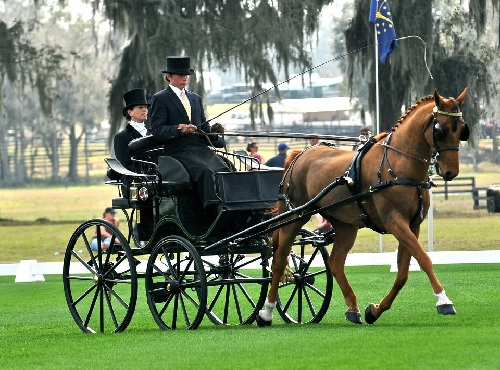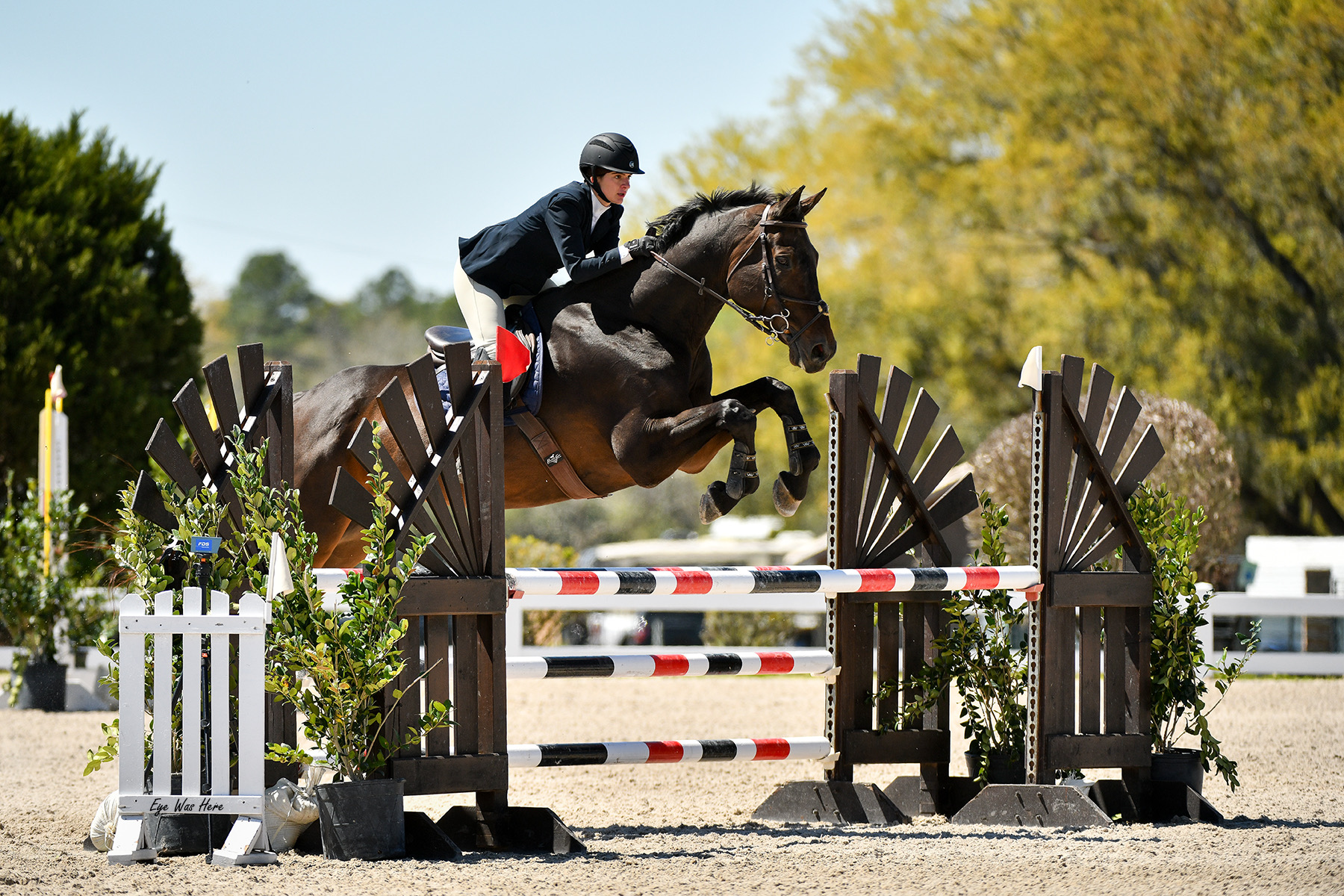We’ve been pleasantly surprised by the excitement and response to a few articles we’ve posted about Combined Driving. Dana Diemer kindly sent us some fun facts about the sport and her experiences. Thanks, Dana!
—-
Dana Diemer, ‘gator Manny Diemer competing PR Brandy Station, 16 year old Welsh pony. Photo used with friendly permission of Pics of You.
From Dana:
In 2009 I resigned my position as organizer of horse trials at a major competition facility in the southeast and took up the sport of combined driving. I inherited a throw-away pony recovering from concussion founder, was lucky enough to be in a community where combined driving is very strong, and three years later I have just completed my 12th CDE. My husband, an
adrenaline junkieeventer and polocrosse player, navigates for me. We hope to complicate our lives further in 2013 by moving up a level as well as debuting our new pony. And now, for something completely different . . .
Fun Facts about Combined Driving.
Combined Driving offers four levels of competition: Training, Preliminary, Intermediate and Advanced. The three lower levels come under the aegis of the American Driving Society while Advanced is USEF recognized. In addition, most advanced competitions are held under FEI regulations complete with jogs and passports. With six passports you get eggroll, or so I have heard.
CDE equals combined driving event (think long format). HDT equals horse driving trial (think short format). ADT is arena driving trial, a hybrid not unlike express eventing.
Hats. It’s all about hats. If you love hats, this is your equestrian sport!
Jacob Arnold with groom Reba Wagner competing Halstead’s Shale, a ten year old Hackney Horse. Photo used with friendly permission of Pics of You.
–
A small dressage ring, used for the lower levels, contains the same letters and is exactly twice the size of a small ridden dressage ring. A large dressage ring, used generally at advanced and for four in hands and tandems is forty meters by one hundred meters. A really BIG space.
Driven dressage tests are very similar to ridden eventing tests with a few notable exceptions. There is little to no canter work until advanced. Voice is considered an aid. It’s legal to speak to your horse while in the dressage ring, but this does not mean colorful language carte blanche! We have a fifth category under the collective marks called presentation. This score is given for appearance of “driver and grooms, cleanliness, fitness, matching, and condition of horses, harness and vehicle.” It’s a little like pony club formals. Presentation is usually evaluated during the dressage test (on the move), a good thing if you forgot to clean the bit.
Every driven dressage test except the most basic intro test requires a rein back.
At a CDE you can expect to be judged by two to five dressage judges depending on the level. “Nowhere to run to baby, nowhere to hide…..”
A groom is required for all advanced competitors during dressage and cones and for all competitors at all levels who are competing a multiple (pair, tandem or four). Fours require two grooms. A groom is a carriage appointment and hitching post. Their dress is determined by the overall look the driver (also called whip) wishes to create, from country casual to formal turnout. Grooms may not remind the whip they have forgotten the thirty meter circle at E or that cone #18 is behind and to the left. Grooms must stay on the carriage, big penalties for spinning your groom off the back as you come down the center line.
It’s nice to have two carriages, one for dressage and cones and one for marathon, but not necessary. You can do it all with a marathon carriage at lower levels. Mostly we like to joke that our ponies take lots of toys to the shows.
It’s nice to have leather harness (Oh! the horror of upkeep!) but many competitors use synthetic harness. You gotta love a sport where tack cleaning for a show involves a pressure washer and Armorall.
Costs for a weekend of competing are comparable to the average horse trial. CDEs can’t accommodate as many competitors as a horse trial, ninety is a full house. We eat better – there are almost always great competitor dinners.
We love our sponsors! They help driving events break even.
The guy on the back of the carriage in marathon (think cross country) is called the navigator or ‘gator for short. A good ‘gator is invaluable in getting you around the three phases of marathon and providing ballast to keep all four wheels on the ground. A good ‘gator can bounce you off a post if you’ve misjudged a turn and augured in. A good ‘gator juggles two to three stop watches to keep track of time. A good ‘gator is hard to find (I am SO lucky!!) and you need to get along with them as when we say “marathon” we mean it. At my last CDE, at preliminary level, my pony traveled over 14,000 meters. That’s about seven times the length of an average novice cross country course.
It’s a penalty to drop your whip. Like-wise a penalty for not having one in the first place.
Rochelle Temple, driving Renie Gillis’ Hemingway, a German Riding Pony. Photo by Pics of You
–
Cones require learning where twenty four to twenty eight sets of orange cones with yellow balls on them are. They are identical. No sympathy from a combined driver over difficulties in memorizing a show jumping course.
Driving is all about scribing an arc accurately.
Take up driving. Learn what the outside rein really does.
Two great resources for Combined Driving are the American Driving Society www.americandrivingsociety.org and Driving News www.drivingnews.us
Red on the right, white on the left, and a different kind of insanity in the middle.
Go Combined Driving!

























